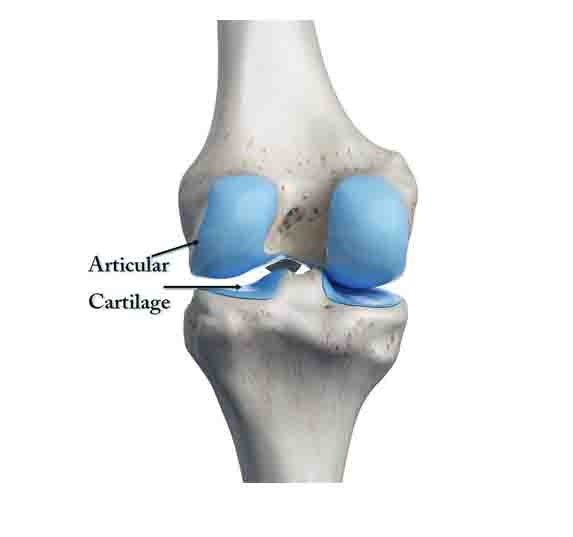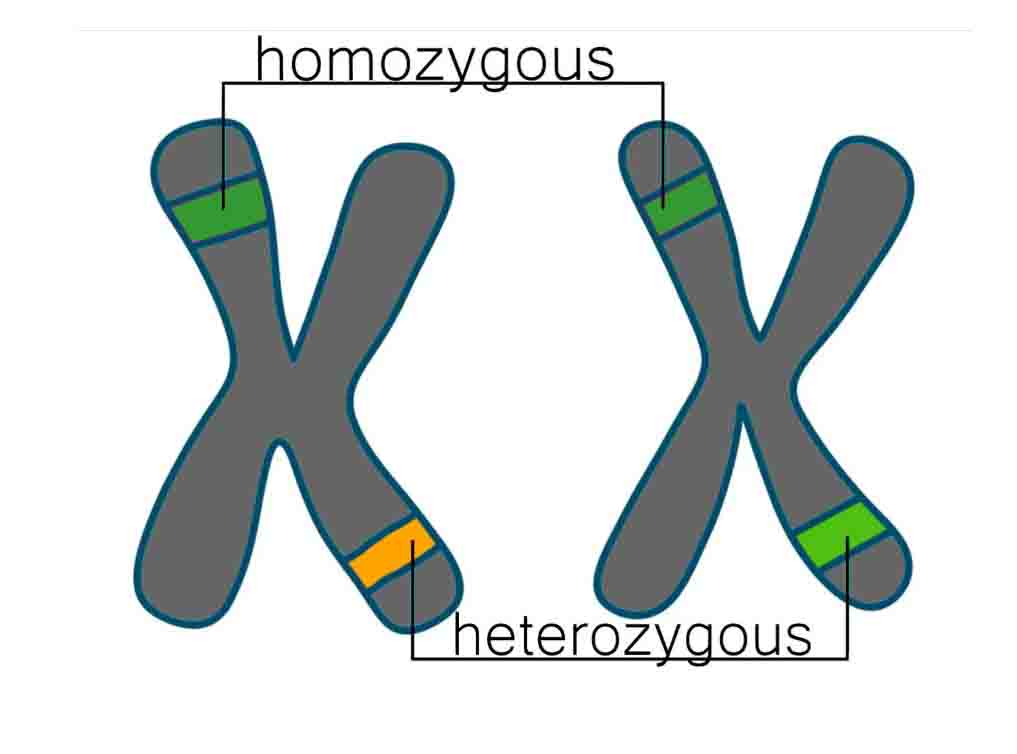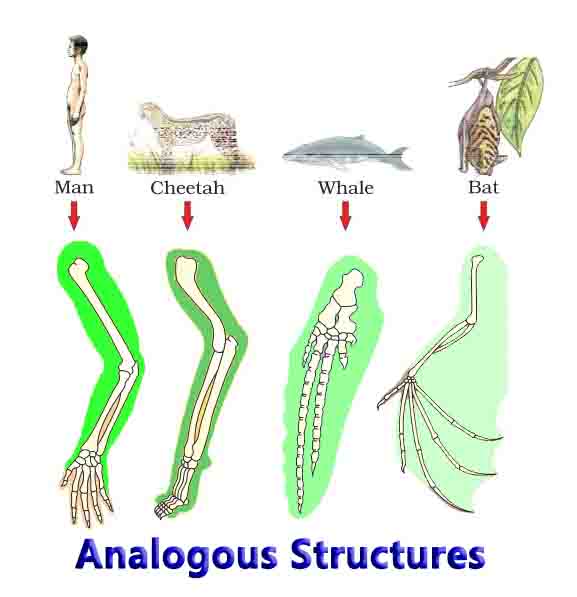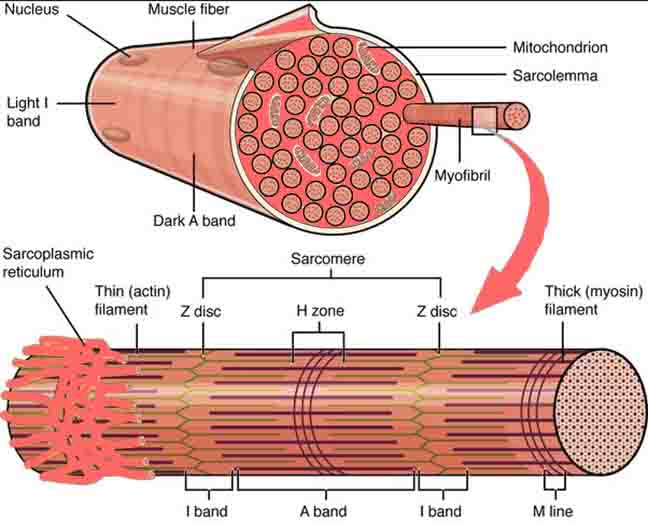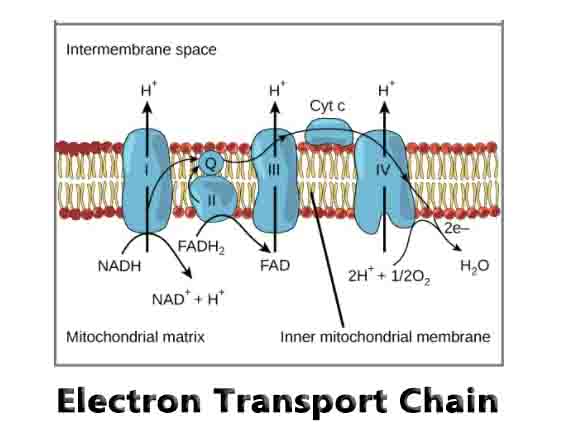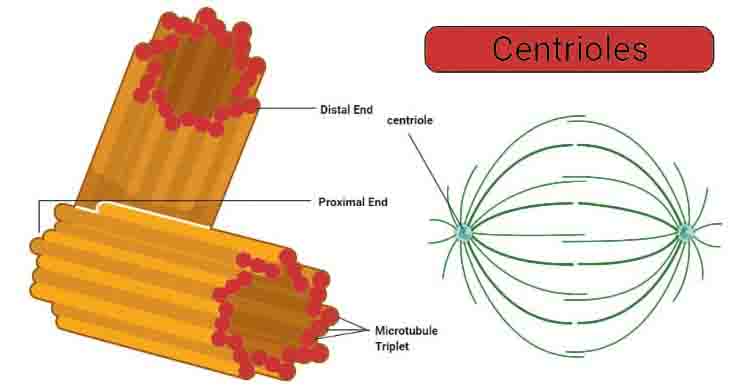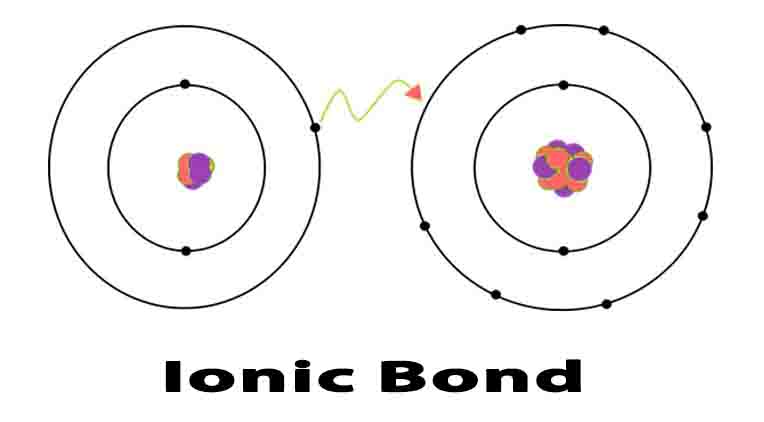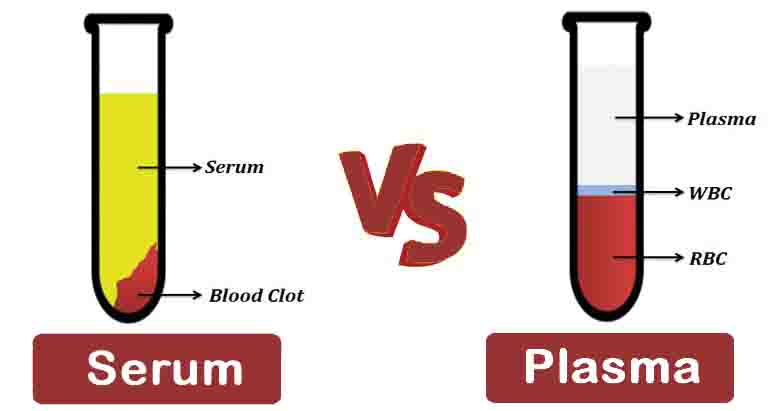What Does OTP Mean On Snapchat?
Slang and acronyms are commonly used on Snapchat. As a matter of fact, there are so many of them that it can be difficult to keep track of them all. As soon as you learn some things, they seem to go out of style within a few years, and are replaced by three others within … Read more


